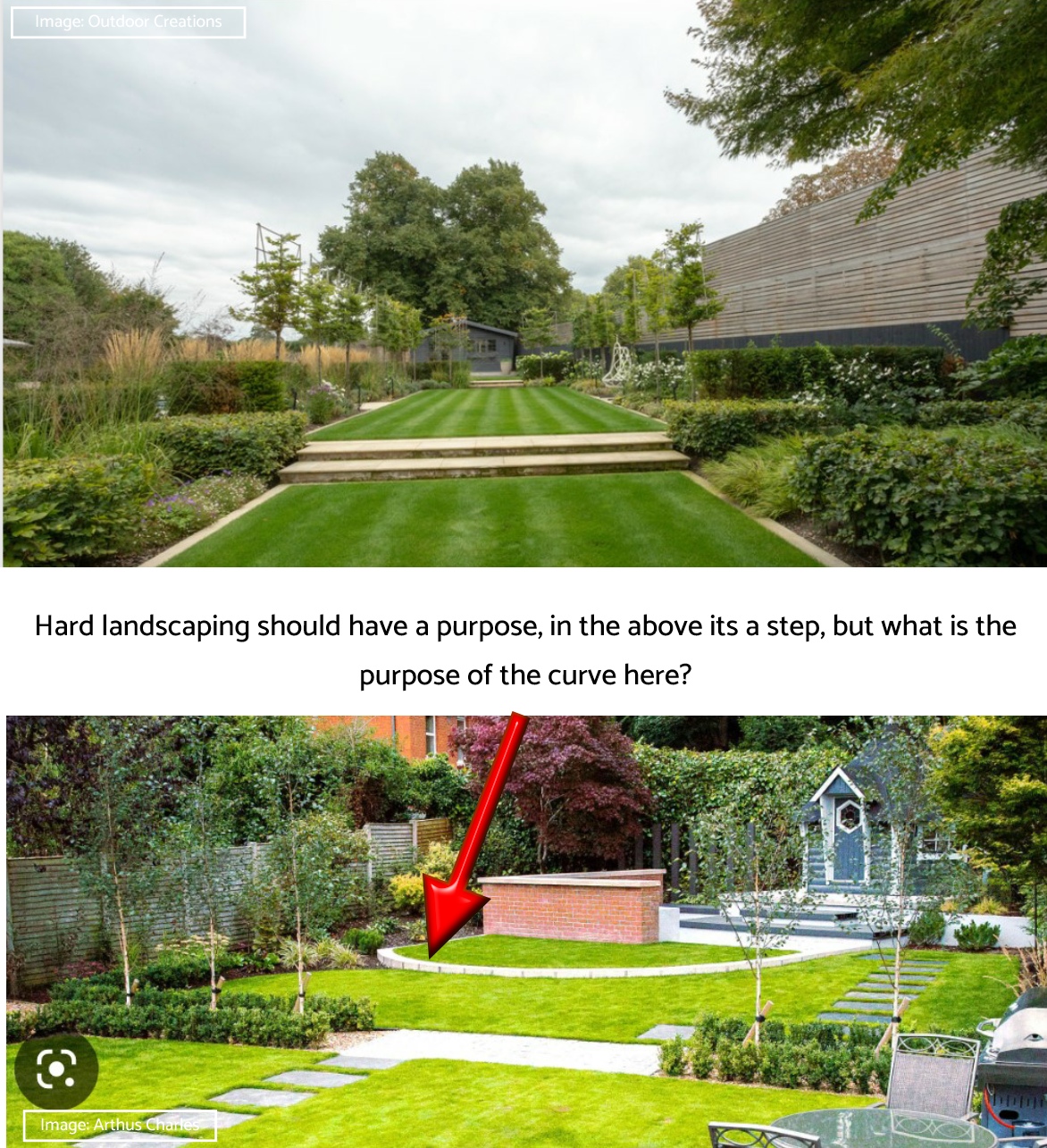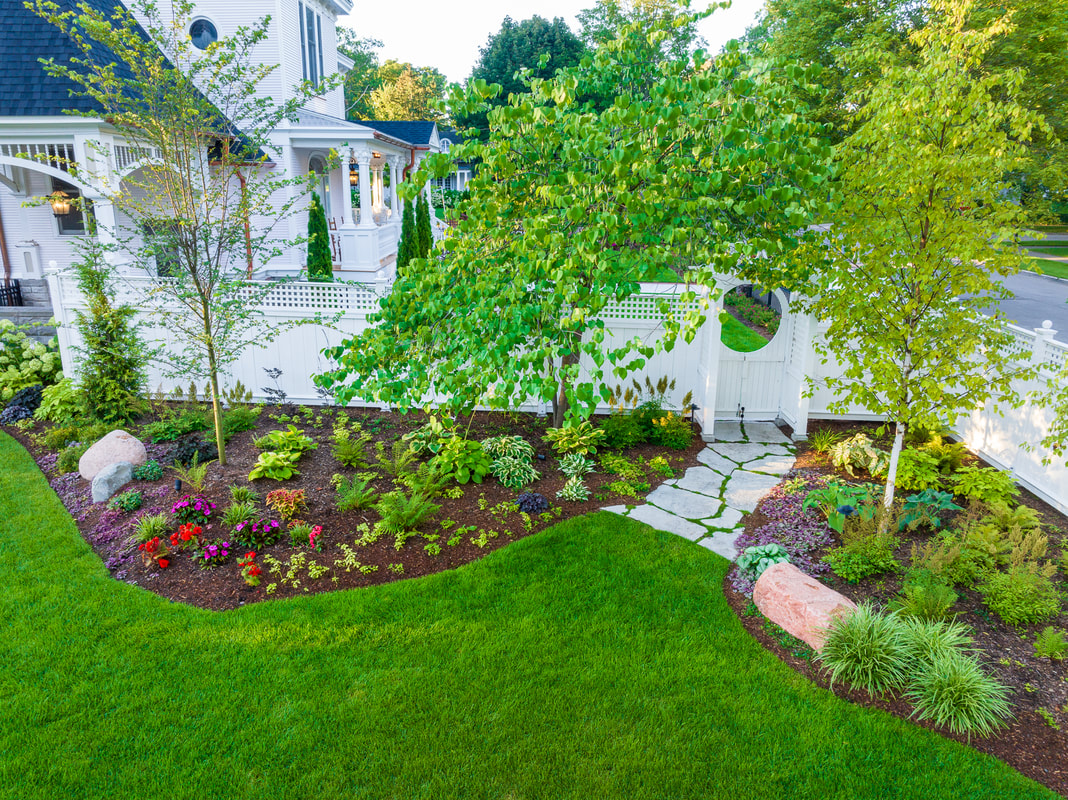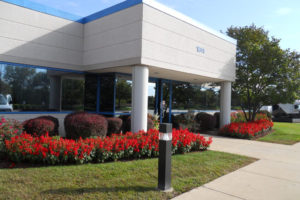See This Report about Hilton Head Landscapes
See This Report about Hilton Head Landscapes
Blog Article
More About Hilton Head Landscapes
Table of ContentsThe smart Trick of Hilton Head Landscapes That Nobody is Talking AboutAll About Hilton Head LandscapesThe 15-Second Trick For Hilton Head LandscapesHilton Head Landscapes - An OverviewThe Basic Principles Of Hilton Head Landscapes The Basic Principles Of Hilton Head Landscapes 3 Simple Techniques For Hilton Head Landscapes
Line develops all forms and patterns and can be made use of in a range of methods the landscape. Line in the landscape is developed by the edge between 2 products, the summary or shape of a type, or a lengthy linear attribute. Lines are an effective device for the designer due to the fact that they can be utilized to produce an unlimited range of shapes and types, and they control motion of the eye and the body.

Lines can have one or more characteristics, such as those explained listed below, yet they generally serve various functions. Figure 1. Lines in the landscape - Landscapers near me. The buildings of lines determine how individuals reply to the landscape, both psychologically and literally. Straight lines are architectural and strong; they produce an official personality, are typically connected with an in proportion design, and lead the eye straight to a focal point.
The 3-Minute Rule for Hilton Head Landscapes
Rounded lines develop a casual, natural, relaxed character that is connected more with nature and asymmetrical balance. Bent lines relocate the eye at a slower speed and add enigma to the space by developing surprise sights.
Vertical lines in the landscape include tall, narrow plant product, such as trees, or high frameworks, such as an arbor or a bird home on a pole. Horizontal lines move the eye along the ground plane and can make a room really feel larger. Reduced lines are much more controlled and produce a sensation of rest or repose.
Our Hilton Head Landscapes PDFs
Low lines are developed by low yard walls, walkways, and brief hedges. Lines are made use of to draw kinds on a plan. In plan sight, they define plant beds and hardscape areas. Lines are also developed by the vertical types of developed functions and plant product. There are three key line types that develop form in the landscape: bedlines, hardscape lines, and plant lines.
Bedlines connect plant product to your home and hardscape due to the fact that the eye adheres to the line, moving the look via the landscape. Hardscape lines are produced by the side of the hardscape, which delineates the developed framework. Line can likewise be produced by lengthy and slim materials, such as a fencing or wall surface.
9 Simple Techniques For Hilton Head Landscapes
Type is found in both hardscape and plants, and it is commonly the leading aesthetic element that spatially organizes the landscape and usually identifies the style of the yard. The kind of frameworks, plant beds, and garden ornaments also identifies the general form theme of the garden. Formal, geometric forms include circles, squares, and polygons.
Plants develop kind in the yard via their outlines or silhouettes, but form can additionally be specified by a gap or adverse space between plants - landscaping hilton head sc (https://telegra.ph/Transform-Your-Outdoors-with-Hilton-Head-Landscapers-07-03). Circles can be complete circles, or they can be separated right into fifty percent circles or circle sectors and incorporated with lines to develop arcs and tangents
The 7-Minute Rule for Hilton Head Landscapes
Circles are a strong style type because the eye is always attracted to the center, which can be utilized to emphasize a focal point or attach other forms. Round kinds in hardscape and grass panels.
The square type can likewise be segmented and secondhand repetitively to develop a grid pattern. Unlike circles, squares are stronger on the edges, which can be lined up or overlapped to produce distinct patterns and more complicated forms.
Twisting lines commonly imitate the natural training course of rivers or streams and can be explained as smooth lines with deeply curved wavinesses. Meandering lines (Number 3) function well for paths, plant bedlines, and dry stream beds. Meandering lines can include rate of interest and mystery to a garden by leading visitors around edges to uncover brand-new sights and rooms.
Hilton Head Landscapes Fundamentals Explained

Typical plant forms are well established and standardized, as form is the most regular and identifiable quality of plants. Form can additionally be produced via the massing of plants, where the total mass produces a various kind than an individual plant.
An extremely contrasting form has to be utilized with careone or 2 job well as a centerpiece, yet as well numerous wreak havoc. All-natural plant types, rather than over-trimmed forms, must develop the mass of the make-up. The significance of general kind is essentially based on the checking out perspectivethe form of a tree can appear rather different to an individual standing under the canopy versus watching the tree from a range in an open area.
More About Hilton Head Landscapes
Plant types also produce and define the gap or open rooms between the plants, producing either convex or concave types in the gaps. High-arching tree branches commonly create a concave open room under the branches, and a rounded cover with reduced branches fills the room useful link to create a convex type outdoors space under the tree.

Report this page